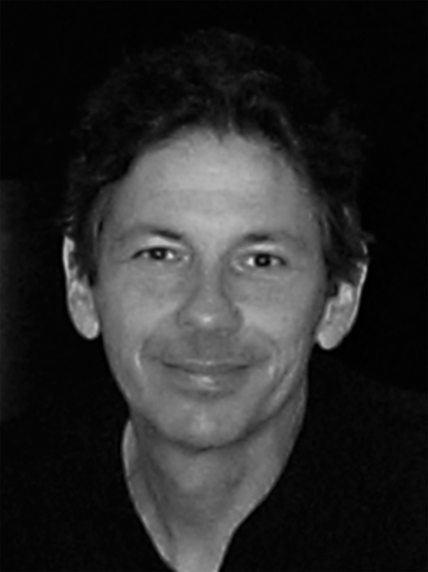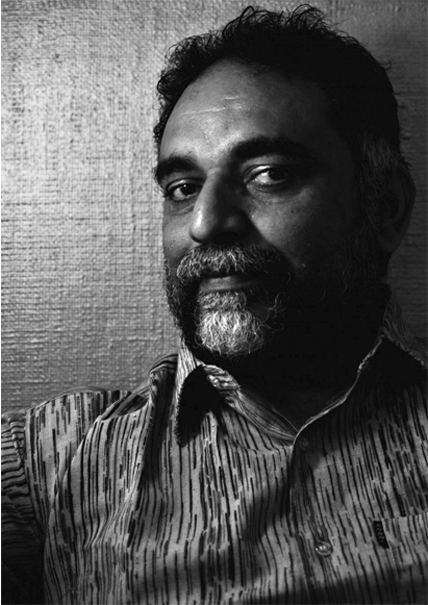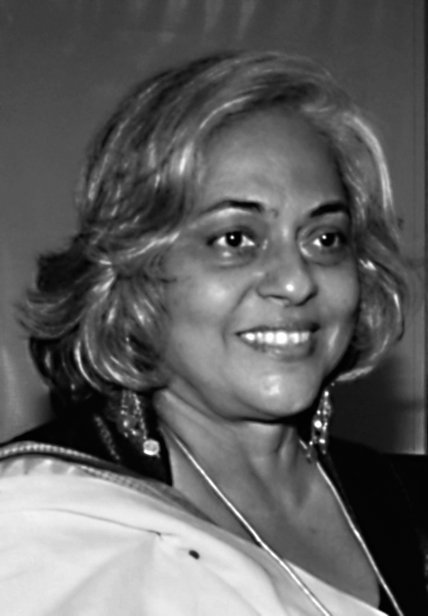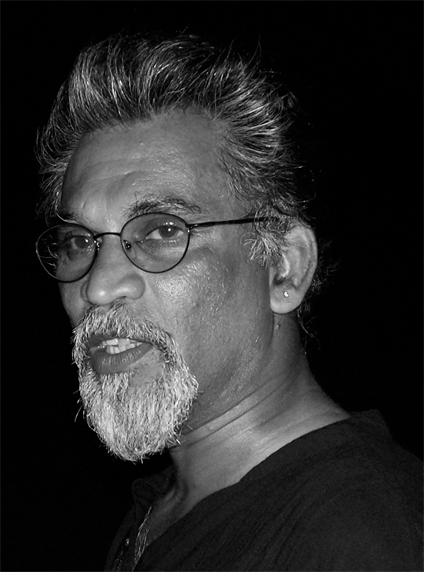Visual perception is a function of our eyes and brain. We see images as a whole rather than in parts. However, images can be broken down into visual elements: line, shape, texture and colour. These elements are to images as grammar is to language. Together they allow eyes to see images and our brain to recognize them. ‘All the arts are based on the senses. What they do for the person who practices them, and also the persons interested in them, is make that particular sense more active and more acute.’ ―Henry Moore. Artists have been looking at the world for thousands of years, and thus paintings and drawings can be considered to form a 40,000 year-old corpus of experimentation. Psychology of perception: Through observation and trial-and-error they have exploited the principles of how our brains interpret the input from the retina, giving priority to only certain regularities of the visual pattern. Thus, a study of pictorial cues can tell us about the way that the brain recognizes objects, understands spatial depth, and uses illumination information in natural environments. Conversely, a better understanding of visual perception may help to explain the effectiveness of certain techniques used by artists. This study will illustrate how artists have used visual perception in art history.






